There can be your advertisement
300x150
How to Choose the Optimal Size and Shape for a Deck?
The average deck size is usually between 300 and 400 square feet, but does it suit you?
Choosing the right size and shape of a deck is crucial for it to harmonize with your home and match your lifestyle.
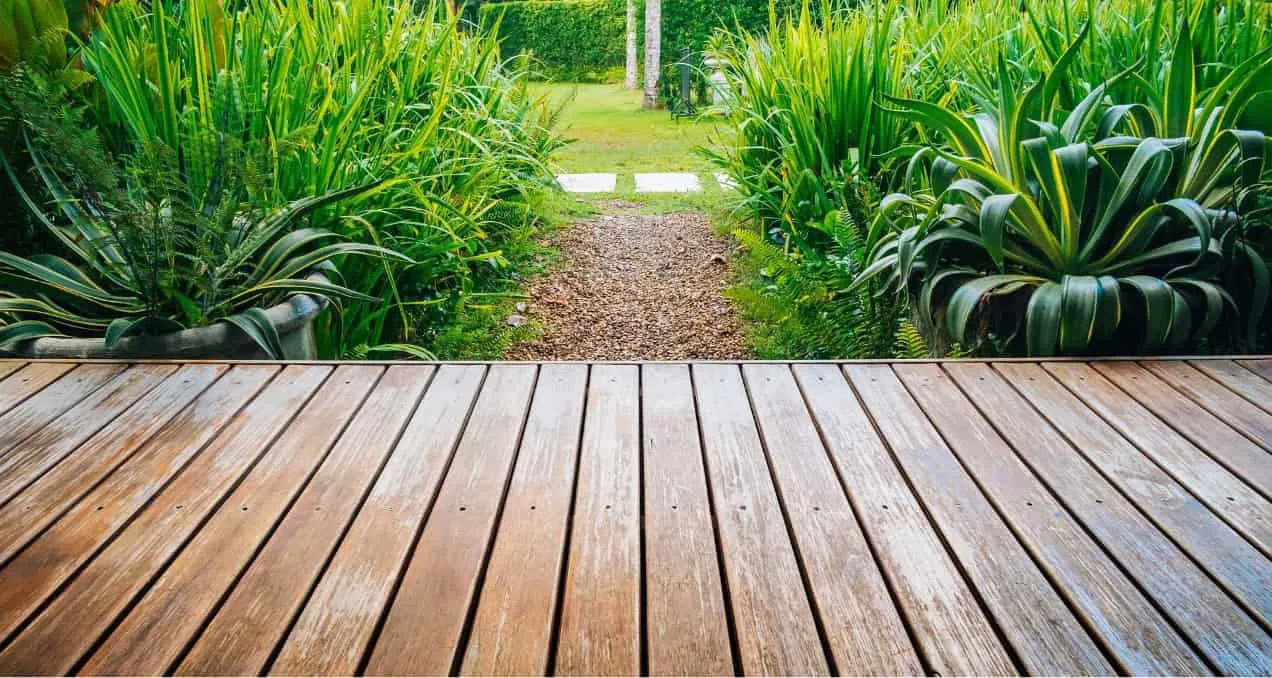
Too small — and you may feel cramped, too large — and it can overwhelm your outdoor space.
Do you dream of creating a deck where you can relax, host parties, and spend time with friends and family? In this guide, we'll explore key factors affecting your deck decision — from determining the right sizes to studying various deck shapes.
Whether you want a cozy corner or space for entertaining, our tips will help you design a deck that meets your needs and adds value to your home. So, let's get started and turn your deck dreams into reality!
The Importance of the Right Deck Size
Your deck size is a fundamental aspect that significantly impacts its functionality and usability.
Here are several key factors to consider when determining the right deck size:
1. House Size and Yard Area
Consider your home's square footage and available space on the lot when choosing deck size.
Think of your deck as an extension of indoor space. The size should be sufficient to comfortably accommodate the furniture and outdoor activities you plan.
2. Number of Users
When determining the best deck size, it's important to consider how you plan to use it.
If you often entertain guests, you'll need a deck that provides enough space for seating and dining areas.
A large deck is ideal for homeowners who frequently host parties and events.
3. Outdoor Activities
Imagine what activities you want to do on your deck.
Are you planning to install a dining table or grill station, add a hot tub for relaxation, or create a conversation area?
Your deck size should align with your vision of outdoor activities.
4. Local Building Codes
Before finalizing your deck size decision, always check local building codes and regulations.
In some areas, specific requirements for setbacks, railing heights, and other structural aspects may affect your deck size.
5. Board Calculator
To accurately determine your deck dimensions, you can use a board calculator.
This valuable tool considers various factors such as desired dimensions, board costs, material type, and layout.
Using a board calculator can save time, effort, and money by avoiding overestimating or underestimating the required materials.
It also helps you plan your budget more accurately and ensures a smooth deck construction process.
6. Space and Dimensions
While there are no strict rules, consider the following recommendations:
Deck width – For maximum comfort, a deck should be at least 12 feet wide or as deep. This provides enough space for free movement.
Deck length – Deck length can vary based on your needs and yard size. However, 16–20 feet is a good starting point for most homes.
How to Determine the Right Deck Shape?

Your deck's shape is another important factor that can influence the flow and aesthetics of your outdoor space.
Here are some common deck shapes to consider:
Rectangular or Square Deck
A classic and versatile choice, a rectangular or square deck is easy to build and pairs well with most home designs.
It provides sufficient space for various outdoor activities and furniture placement.
Multilevel Deck
For homeowners with a sloped lot or those seeking more visual interest, a multilevel deck can be an excellent option.
It adds depth and volume to your outdoor space, creating separate zones for different purposes.
Slashed Deck
A slashed deck offers a unique and attractive design, softens the corners, and creates a more organic structure in your outdoor space.
It can become an impressive accent on the backyard.
L- or U-shaped Deck
An L- or U-shaped deck is perfect for maximizing your outdoor space.
It can wrap around the side of a house, creating more spacious areas for relaxation and entertainment.
The Rule of Thumb for Determining Average Deck Size

While personal preferences and specific needs vary, here are some general guidelines to help you find the right deck size:
Proportional to House Size
As a guideline, your deck area should be proportional to the size of your home.
For example, a small house may have a deck between 300 and 400 square feet, while a larger house could accommodate a deck over 1000 square feet.
Double the Size of the Largest Room
Another rule is to aim for a deck size that's approximately double the square footage of your largest room in the house.
This provides enough space for outdoor activities and furniture placement.
Matching Yard Space
Your deck's shape and size should align with the lines and dimensions of your yard.
A deck that follows the natural contours of the landscape will look more harmonious and visually appealing.
Build It Yourself or Hire a Contractor?
After deciding on the right size and shape of your deck, you need to decide whether to undertake the project yourself or hire a professional contractor.
Here are some factors to consider:
Build It Yourself
If you have construction experience and feel confident in your abilities, building a deck yourself can be a rewarding project.
Ensure you have the necessary permits and comply with local building codes.
Hire a Contractor
For those who prefer a stress-free and professionally executed deck, hiring a reliable contractor is the right choice.
They can guide you through the entire process, offer design ideas, and ensure compliance with all safety requirements.
Enhance Your Home with the Optimal Deck Size!

Choosing the best deck size and shape is an important decision that can significantly impact your outdoor relaxation experience.
Considering factors such as house size, outdoor activities, and local building codes, you can determine the ideal deck dimensions.
Whether you choose a rectangular, multilevel, or custom-shaped deck, ensure it harmonizes with your home and matches your lifestyle.
With the right deck, you'll have a wonderful space for relaxing with friends and family for many years to come.
Frequently Asked Questions About Choosing the Right Deck Size
Is 12x12 a Good Deck Size?
Yes, a 12x12 deck is a popular size and provides around 144 square feet of outdoor space, which is sufficient for a small group or a cozy relaxation area.
What Is the 3-4-5 Rule for Deck Construction?
The 3-4-5 rule is a method to check for right angles in deck construction. Measuring 3 feet from the corner in one direction, 4 feet in another, and 5 feet diagonally between those points ensures a perfect square corner.
What Is the Optimal Spacing Between Boards?
The optimal spacing between boards is typically 1/8 to 1/4 inch. This allows proper water drainage and prevents debris accumulation between boards.
Do You Need an Architect for Deck Plans?
While an architect can provide detailed and custom plans, many deck projects can be created using available resources such as online deck design tools or ready-made plans.
What Size Beams to Use for Boards?
The beam size depends on the material and span between supports. In most cases, 2x6 or 2x8 beams work well, but it's best to check local building codes and consult with a structural engineer if needed.
Should the Deck Be Lower Than Floor Level?
Yes, typically a deck should be lower than floor level to ensure proper water drainage and prevent moisture issues.
Should the Deck Be Adjacent to the House?
While a deck adjacent to the house may look seamless, it's important to leave a small gap (about 1/8 inch) between the deck and house to allow for natural expansion and contraction of materials.
Remember, every deck is unique, just like the owner's preferences.
So think carefully, explore various options, and create your dream deck — a space where cherished memories are made, laughter echoes, and outdoor relaxation becomes reality!
More articles:
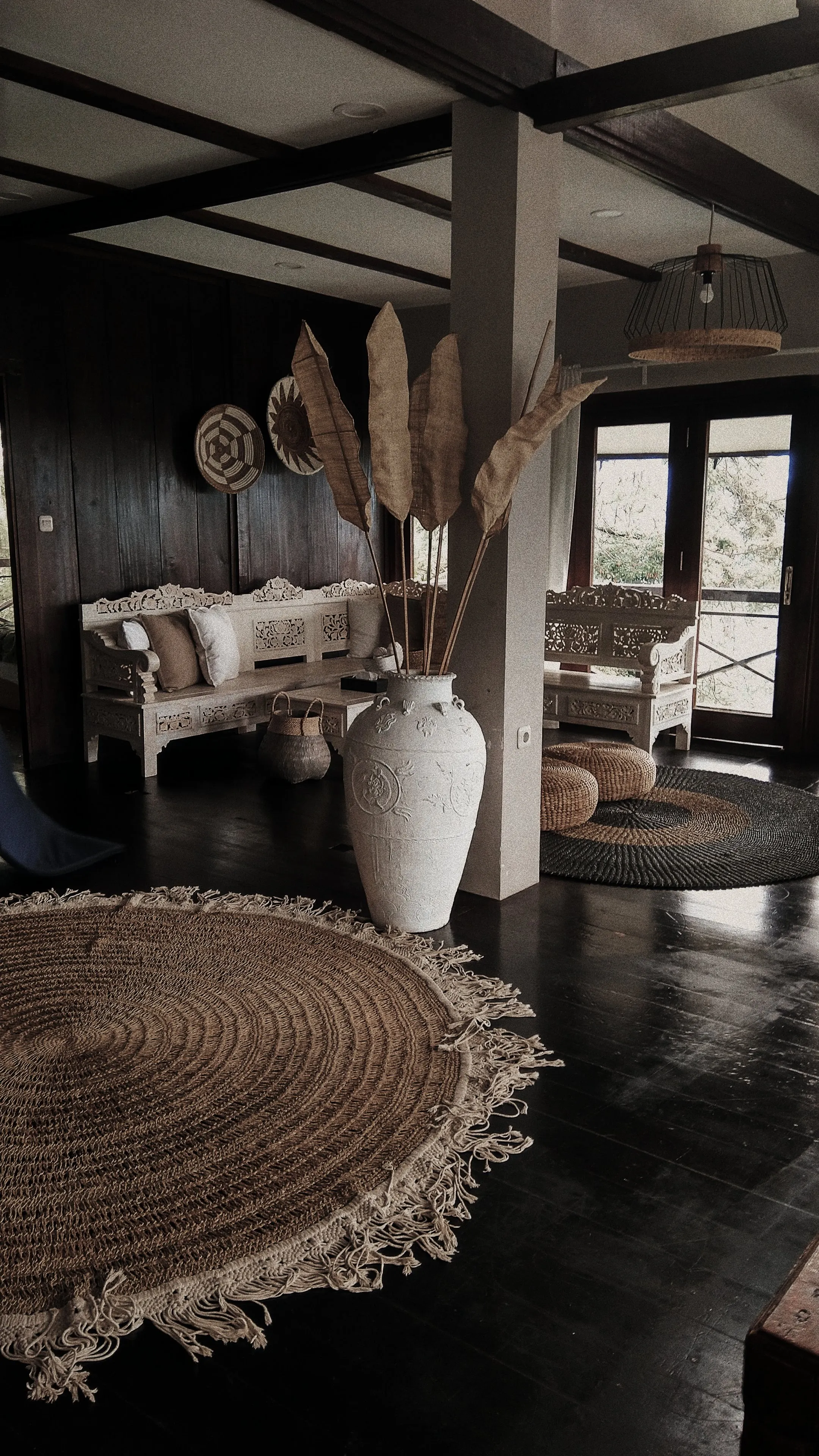 How to Add Wooden Cladding to Home Decor
How to Add Wooden Cladding to Home Decor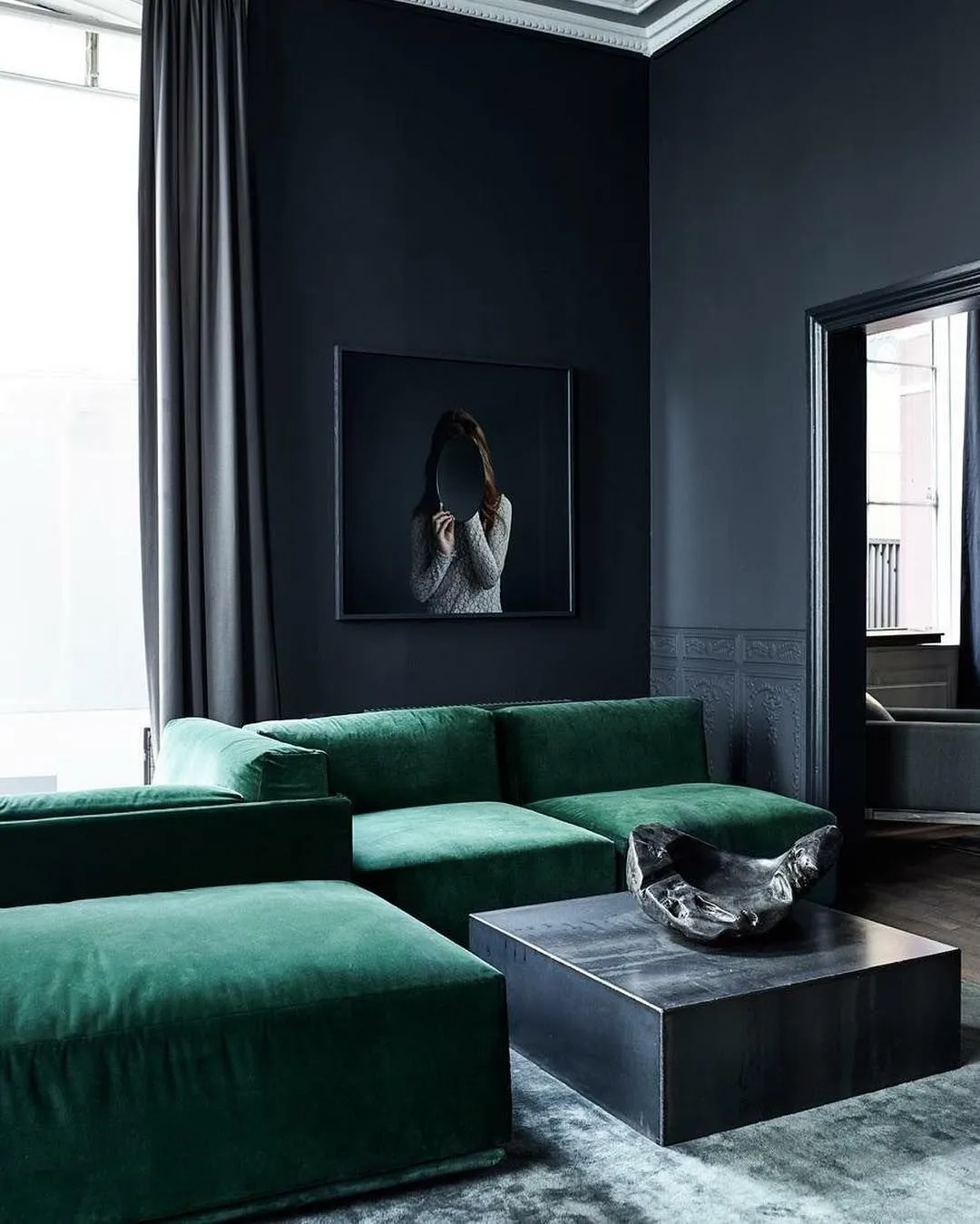 How to Apply Trendy Tones in Interior Design
How to Apply Trendy Tones in Interior Design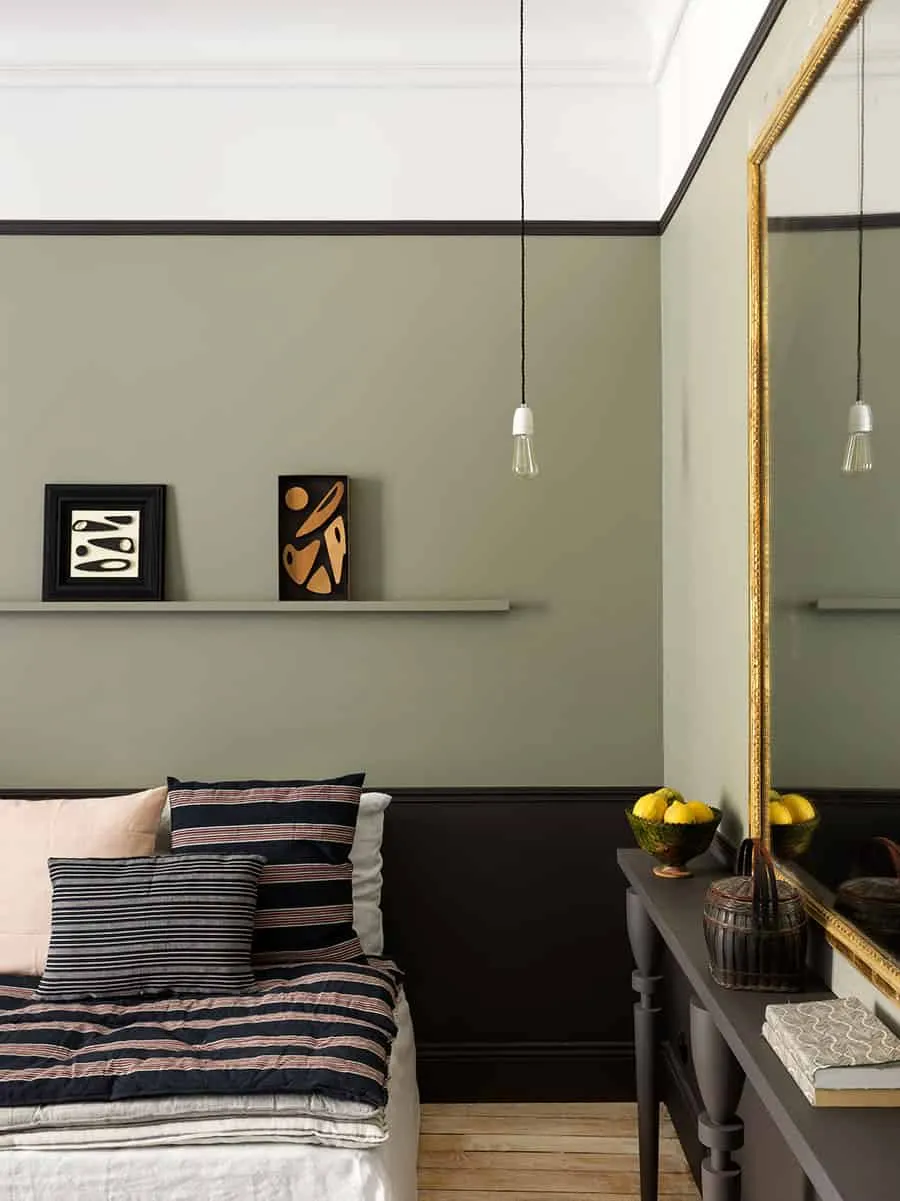 How to Use Khaki Color in Interior Design?
How to Use Khaki Color in Interior Design? How to Properly Use the Gentleness of Linen Color in Interior Design
How to Properly Use the Gentleness of Linen Color in Interior Design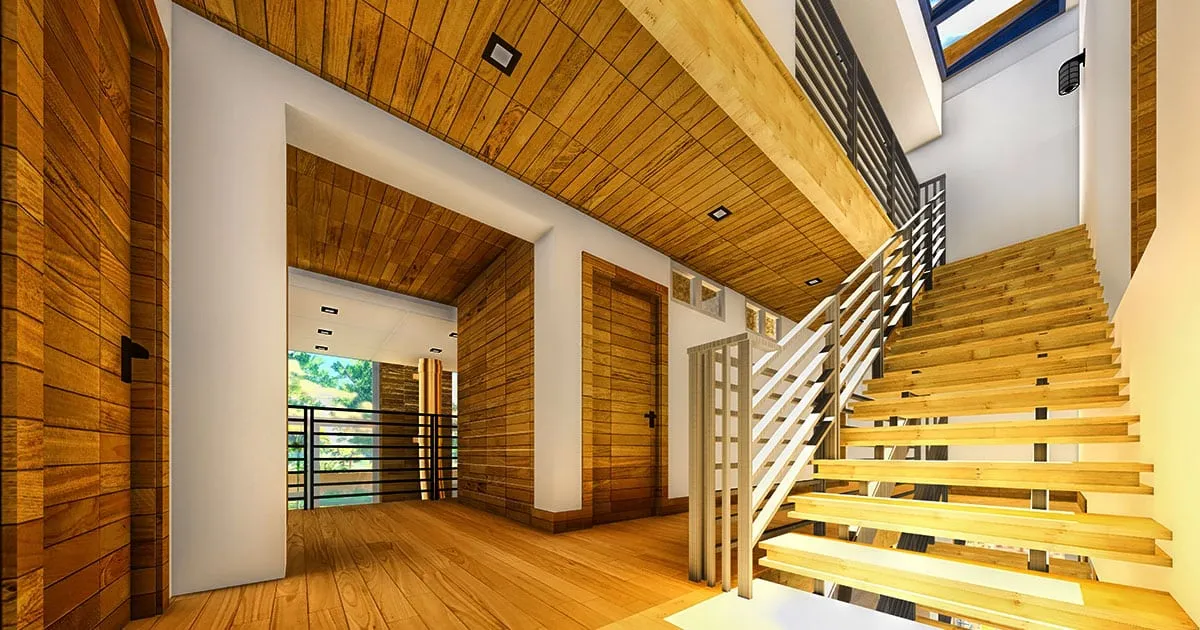 How to Add Architectural Interest to Your Home
How to Add Architectural Interest to Your Home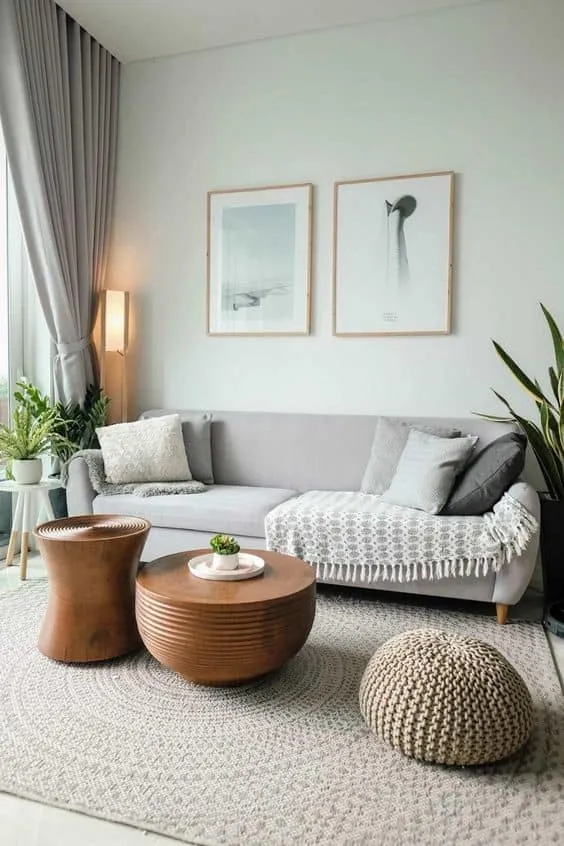 How to Apply Home Staging for Real Estate Sales
How to Apply Home Staging for Real Estate Sales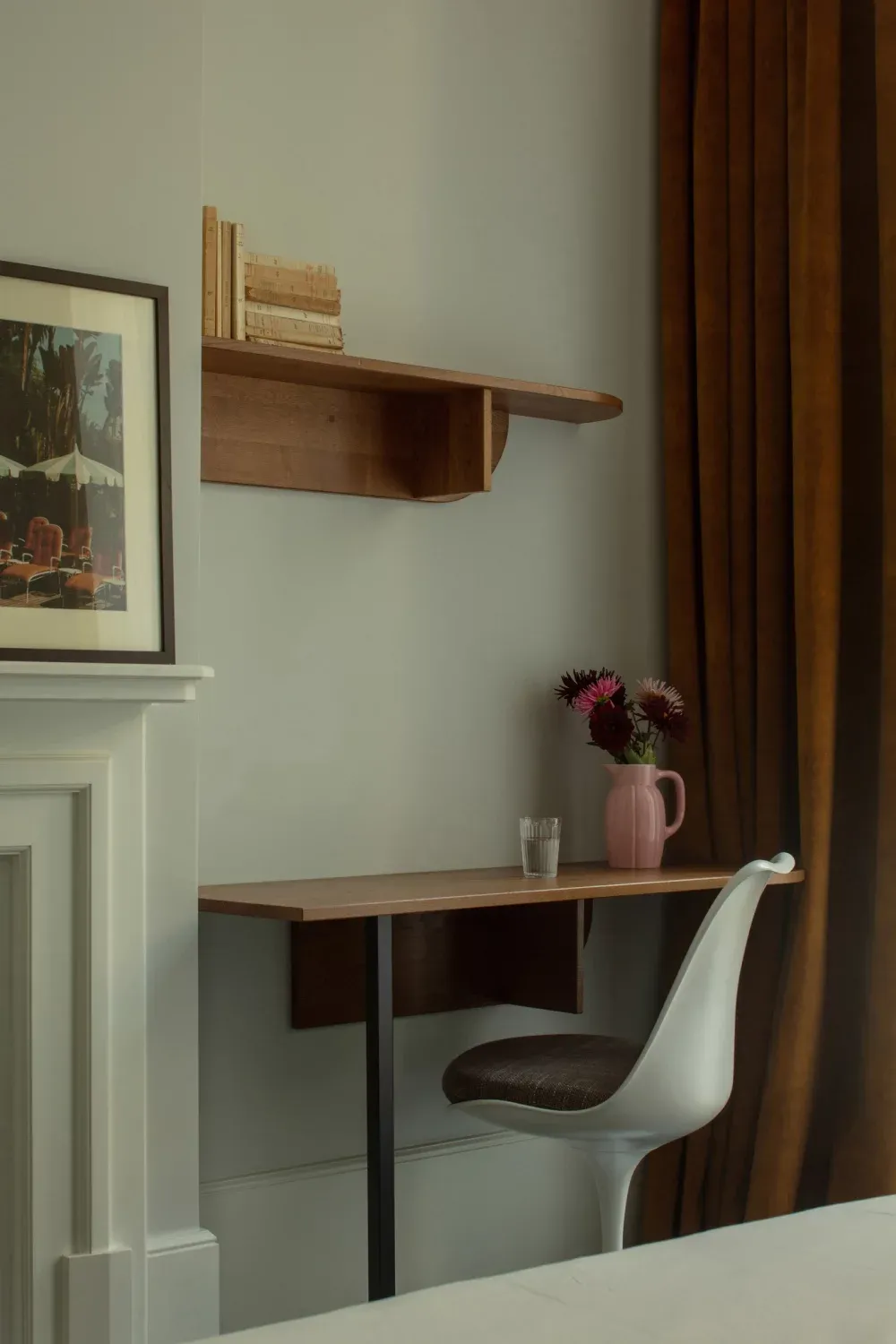 How to Organize a Workspace in the Bedroom?
How to Organize a Workspace in the Bedroom? How to Create the Perfect Coffee Corner with a Mini-Bar
How to Create the Perfect Coffee Corner with a Mini-Bar